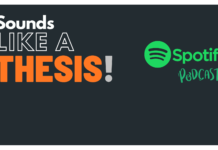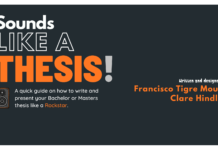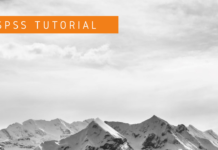Struggling to understand how to use SPSS for your analysis?
Every semester I face this issue with my students: Panic and insecurity to run certain analysis or to use SPSS.
So I decided to develop a series of tutorial videos to help you run your analysis. In this tutorial we’ll discuss the Correlation test.
What is a Correlation Test?
Putting it in simple terms, a correlation test is a test which checks for the association or dependence between two or more variables. The correlation test can also indicate to us the direction of the association.
So this is actually really interesting and important, as it can allow us to predict some associations and the direction of the association. For example:
1. POSITIVE Correlation: When one variable increases, so does the other.
- Is there a correlation between consumption of fast food and body weight?
- For example: The more we eat fast food, the greater will be our body weight (So when consumption goes up, so does our weight).
- On the other hand, the less we eat fast food, the skinnier we will get (so when consumption goes down, so does our weight).
2. NEGATIVE Correlation: When one variable increases, the other decreases.
- Is there a correlation between weather temperature and depression?
- For example: When the temperature outside increases (and it gets really hot!) we can become less depressed (so when temperature goes up, depression goes down).
- And if the temperature decreases (and it gets really cold!) we become more depressed (when one goes down, the other variable goes up).
PLEASE NOTE: It is beyond the scope of this article to explain correlation in detail. The focus here is on the step-by-step tutorial on SPSS. For a full detailed description of t the test, I highly recommend the “Discovering Statistics” book by Andy Field.
Tutorial
Here is the video with a step-by-step tutorial of how to conduct a Correlation test on SPSS:
Final Thoughts
Hope the tutorial was useful for you!
Here are my final recommendations:
- Andy Field is by the best author in statistics. If you are struggling, find his books!
- Download our SPSS guide with more information and hacks, that I developed for my course of Marketing Research.
Turn it Up!





